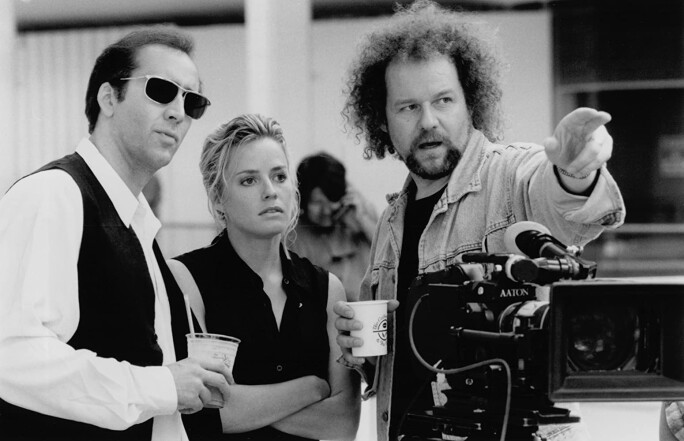Where do you draw your inspiration from when initiating a project? Are there many sources?
I try and use curiosity as a motive for initiating a project. Something new, something that will challenge my ability.
You have taken portraits of the world’s most famous and revered figures in film, music, fashion and beyond. How do you go about capturing the essence of a person in a photograph?
It’s all about portraiture. To get a good portrait you have to engage with the subject and create some kind of relationship quickly. Then you have to be hyper-aware of the light and how it is going to read on the image. I like photographing strangers, someone you see for the first time.
Kate Moss is one of the most photographed women in the world – when you’re working on set with her, are you collaborating or directing?
Both. Most people like to feel directed and that they can trust the image maker. Kate definitely collaborates, she knows how the image works and she quickly responds to whatever you throw at her.
The image of Kate descending a staircase is a provocative one, and as a subject she looks very much in control. What was your intention for this photograph?
She has a unique relationship with the camera, always engaged. The staircase has always been a powerful image which many artists have explored. I love Gerhard Richter’s staircase image, for example. Perspective becomes a key issue – it was important to find exactly the right section of staircase for Kate.
You have a long and established career as an image maker – do you also collect the work of others?
I don’t buy many images but I do collect books of other photographers. I refer to them all the time.
As well as photography, you are perhaps best-known for your films such as Leaving Las Vegas, Internal Affairs and Miss Julie. How does your cinematic work feed in to your photography?
I don’t really differentiate – what drew me to film was portraiture. To quote Bergman: "cinema is the ongoing exploration of the human face".

Much of your film-making is groundbreaking in technique and approach. Have you always had the desire to push boundaries?
I get quickly bored with form and technique and constantly try to find new ways to express ideas. New techniques also force you to look at subjects in a fresh way. In photography these days, the equipment is so sophisticated and easy to use, photos can look good but have no guts.
Can you share any future projects – publications, exhibitions or films – that you are currently working on?
I’m setting up projects in South Korea – photography and film. I want to make a film in Korean (I don’t speak Korean). My book The 36 Dramatic Situations For Film came out last year – it comes with a pack of cards so you can use chance as a creative element in writing a story.








